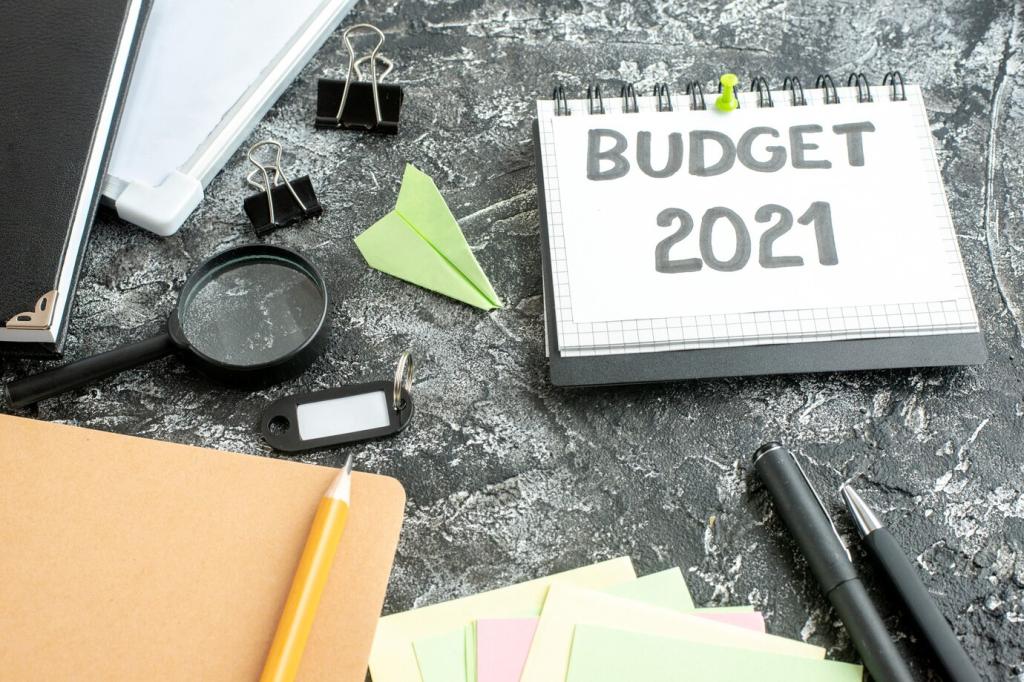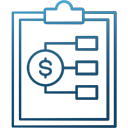How to Create a Monthly Budgeting Calendar
Today’s chosen theme: How to Create a Monthly Budgeting Calendar. Build a clear, calm money rhythm month after month with a friendly, step-by-step calendar that keeps due dates visible, goals on track, and stress low. Follow along, share your tips, and subscribe for fresh budgeting inspiration.

Clarity That Sticks
A monthly budgeting calendar turns abstract numbers into anchored commitments. Rent isn’t just an amount; it is the first of the month. Groceries aren’t vague; they are the Fridays you shop. That visibility helps you act early, avoid surprises, and stay consistent without guesswork. Share your biggest clarity win.

Peace of Mind on Due Dates
Late fees thrive on forgetfulness, not intention. When every bill sits on a visible date, you anticipate rather than react. Add reminders, highlight high-impact expenses, and note processing windows. Many readers report sleeping better after color-coding due dates. What color will you choose for urgent items this month?

A Personal Story About Momentum
I once coached a friend drowning in overdraft fees. We wrote every bill onto a wall calendar and circled paydays in green. Within two months, fees vanished and her savings finally stuck. The secret wasn’t magic—just dates, order, and gentle weekly check-ins. What’s one calendar habit you’ll start today?
Paper offers tactile focus and zero notifications; digital offers reminders, sharing, and portability. If you love markers and stickers, a wall calendar can feel motivating. If you travel or collaborate, a shared digital calendar shines. Comment with your format and why it keeps you consistent month after month.

Plot Your Income and Cash Inflows
Mark Every Payday and Posting Delay
Circle each payday and note posting windows, especially if deposits hit late on holidays or weekends. When you know exactly when money lands, you can schedule payments safely. Pair each payday with the next cluster of bills to guard against gaps. Tell us your payday rhythm and what trips you up.
Include Side Hustles, Refunds, and Reimbursements
Small inflows add up. Add estimated dates for freelance payments, cashback deposits, tax refunds, and reimbursements. Use conservative estimates and adjust as they clear. Assign each inflow a job on the calendar—savings, debt, or a specific upcoming expense—so extra money strengthens your plan instead of disappearing. What inflow will you direct first?
Automate When Possible
If your paycheck is predictable, set automatic transfers on deposit day for savings or sinking funds. Automation prevents decision fatigue and reduces the risk of spending what you intended to save. Still, keep calendar reminders to verify executions and amounts. Share one transfer you’ll automate this month to lock in progress.
Schedule Bills, Essentials, and Variable Spending

Fixed Bills First, Always
List due dates for rent or mortgage, utilities, phone, internet, insurance, and subscriptions. Put them on the calendar with amounts and confirmation numbers after payment. If dates are inconvenient, contact providers to shift them closer to paydays. That alignment reduces strain. What fixed bill date would you move if you could?

Groceries, Fuel, and Discretionary Rhythm
Budget variable categories by placing shopping days and typical amounts on specific dates. For groceries, schedule weekly trips; for fuel, estimate based on commute patterns. Add fun money on weekends to avoid surprise splurges. When spending has an assigned day, impulse purchases shrink. Comment with your toughest variable category.

Debt Payments with Strategy
Beyond minimums, plan extra debt payments right after payday to avoid accidental overspending. If snowballing, schedule the next smallest balance payment on the earliest feasible date. If using avalanche, target the highest interest balance first. Put motivational notes on those dates. Which strategy will your calendar showcase this season?
Build Savings, Sinking Funds, and Safety Buffers
Schedule automatic transfers toward your emergency fund right after each payday, even if the amount is small. Protect these dates fiercely. Over time, those quiet contributions provide breathing room for car repairs, medical surprises, or job changes. Tell us your starting transfer amount and we will cheer your first milestone.
Build Savings, Sinking Funds, and Safety Buffers
Create mini-budgets for upcoming expenses like holidays, travel, dental visits, or annual renewals. Count backward from the event date, then place monthly contribution dates on your calendar. This reduces last-minute stress and reliance on credit. Which event will you fund first, and when does your countdown begin?
Weekly Check-Ins, Mid-Month Adjustments, and Reviews
Every Sunday, reconcile transactions, confirm upcoming due dates, and move any leftover cash to priorities. Ten minutes protects your month from drifting. Keep this ritual simple: open your calendar, glance at the next seven days, and act. What time will you schedule your weekly check-in to make it stick?

Keep Motivation High and Involve Your Household
Gamify Your Progress
Use progress bars, sticker milestones, or digital emojis on key dates to keep motivation lively. Visual cues nudge action when energy dips. Post your calendar in a visible spot or pin it to your phone’s home screen. Which visual reward will make your next savings date feel exciting and fun?
Share Responsibilities and Wins
Assign calendar tasks: one person verifies bill payments, another updates grocery totals, a third schedules transfers. Rotate duties monthly to build skills and ownership. Celebrate on-time payments and debt milestones as a team. Share your household’s approach in the comments to inspire other readers building their first budgeting calendar.
Prepare for Life’s Curveballs Together
Hold a short monthly family meeting to review the calendar, discuss upcoming events, and plan buffers. Decide now how you’ll handle surprises: pause discretionary categories or tap a sinking fund. Agreement builds calm. Subscribe for our family meeting agenda tailored to monthly budgeting calendars and real-world scheduling challenges.
